Press Release: Veritas Press C.I.C.
Author: Kamran Faqir
Article Date Published: 21 Sept 2025 at 13:08 GMT
Category: Asia | Afghanistan | Trump’s Ultimatum
Source(s): Veritas Press C.I.C. | Multi News Agencies

U.S. President Donald Trump has issued a stark ultimatum to Afghanistan: return Bagram Air Base to U.S. control, or face unspecified “bad things.” The warning, delivered via Truth Social and press engagements, has been firmly rejected by Taliban officials, who emphasise Afghan sovereignty and warn against foreign interference. But beyond the immediate dispute, this episode exposes the intersection of U.S. domestic political theatre, strategic ambitions in Asia and the Middle East, and broader attempts to secure Israeli-U.S. regional interests. It also highlights the fragility of Afghanistan’s post-occupation order, the limits of U.S. military power, and the risks of destabilising an already volatile region.
Trump’s Threats and Strategic Justifications
On September 20, 2025, Trump posted on Truth Social:
“If Afghanistan doesn’t give Bagram Airbase back to those that built it, the United States of America, BAD THINGS ARE GOING TO HAPPEN!!!”
In London and Washington, he framed Bagram as a strategic necessity:
“We’re trying to get it back … it’s about an hour away from where China is developing its nuclear weapons.”
U.S. media report that early discussions are underway with Taliban representatives, led by former special envoy Adam Boehler, exploring potential prisoner exchanges, economic arrangements, and limited security cooperation. Yet, Trump’s statements deliberately blur the line between diplomacy and the threat of military force. When pressed about deploying troops, he refused to answer directly:
“We’re talking now to Afghanistan, and we want it back soon, right away. And if they don’t do it, you are going to find out what I’m gonna do.”
Taliban And Afghan Response:
The Taliban have categorically rejected the U.S. demand:
Zabihullah Mujahid, Taliban spokesman: “A deal over even an inch of Afghanistan’s soil is not possible. We don’t need it.”
Zakir Jalal, Taliban foreign affairs official: “Afghanistan and the United States need to engage … without the United States maintaining any military presence in any part of Afghanistan.”
Officials cite the Doha Agreement (2020), emphasising commitments to sovereignty and nonintervention. Any coercive U.S. move would, in their view, constitute a direct violation of international law and bilateral commitments.
Strategy vs. Reality:
While the U.S. seeks to re-establish strategic depth in Afghanistan, reality is less accommodating. Taliban resistance, fragile governance, international legal norms, and daunting logistical burdens make unilateral reoccupation highly risky. Analysts note that Bagram’s symbolic weight, sovereignty for the Taliban, and lost prestige for the U.S., magnify the stakes. The ambiguity of Trump’s threats, coupled with the lack of international consensus, increases the risk of unintended consequences: terrorist reprisals, regional escalation, and liability for U.S. forces.
Political Theatre And Bullyish Thuggery:
Trump’s approach is a classic case of political theatre masquerading as military strategy. His threats are less about immediate operational goals than projecting strength domestically and internationally, reinforcing a narrative of American dominance, and shoring up Israeli-U.S. interests. Bagram serves as both a symbol and a lever: a foothold to maintain influence over Asia and the Middle East while signalling that the U.S. will intervene to protect allied strategic objectives.
Crucially, this spectacle may also function as a ruse to overshadow the emerging Muslim NATO initiative, the defence PACT, aimed at unifying Muslim-majority nations under collective security and economic cooperation. By focusing attention on Afghanistan, Washington may attempt to disrupt or weaken regional cohesion, asserting unilateral dominance while discouraging independent strategic collaboration.
High Stakes, Low Certainty:
The potential outcomes are fraught:
Coercive Reoccupation:
It would require 10,000+ U.S. troops, fortified logistics, and heavy air defences.
Taliban forces, entrenched and territorially aware, could mount armed resistance.
Civilian casualties are likely, reviving the legacy of indefinite detentions and abuses at Bagram.
Regional powers, Pakistan, Iran, and China, might intervene indirectly or diplomatically, creating wider instability.
International credibility risks: violation of the Doha Agreement, erosion of U.S. treaty commitments, and anti-American sentiment across Muslim-majority nations.
Diplomatic Negotiation:
It could allow partial operational access without triggering full-scale conflict.
Limited counterterrorism cooperation or intelligence sharing may be possible, but Taliban distrust and domestic legitimacy concerns constrain leverage.
Reduces overt destabilisation, though the symbolic battle remains, and regional powers would monitor U.S. intentions closely.
Signals continued strategic interest without overtly violating international norms, but gains would be limited and precarious.
Geopolitical and Strategic Implications:
Symbolism Matters:
Bagram is a marker of sovereignty for the Taliban and of lost U.S. prestige post-9/11. Both sides stake their identity and legitimacy on the outcome.
Regional Power Projection: U.S. focus on Bagram is intertwined with broader goals, maintaining presence in Asia, countering perceived Chinese influence, and ensuring Israeli-U.S. regional dominance.
Testing International Order: The Doha Agreement and norms of sovereignty are under scrutiny. Any unilateral U.S. action would set a dangerous precedent, signalling that agreements can be overridden by political will.
Muslim NATO/PACT Dynamics: Aggressive U.S. manoeuvres could undermine emerging alliances among Muslim-majority states, distracting them from unification initiatives that could challenge Washington’s influence.
Conclusion:
The Bagram ultimatum is a nexus of political theatre, strategic ambition, and regional power projection. Trump’s bullyish threats mask a broader agenda: reasserting U.S. dominance in Asia and the Middle East, securing Israeli-aligned interests, and undermining nascent regional alliances. Yet the strategy collides with harsh realities: Taliban resistance, fragile Afghan governance, international legal obligations, and operational risks make coercion dangerous and diplomacy complex.
Ultimately, the episode underscores a persistent pattern in U.S. foreign policy: the prioritisation of strategic control and allied interests over respect for sovereignty, diplomacy, and the lessons of past failures. The “bad things” Trump threatens are likely to be felt not only by the Taliban but by Afghan civilians, U.S. forces, and America’s own credibility, while simultaneously serving as a distraction from emerging Muslim NATO/PACT alignment and broader regional realignments. Bagram is not merely a base; it is a test of power, legitimacy, and the enduring tension between perception and reality in U.S. foreign policy.
Advertisements
Tags:








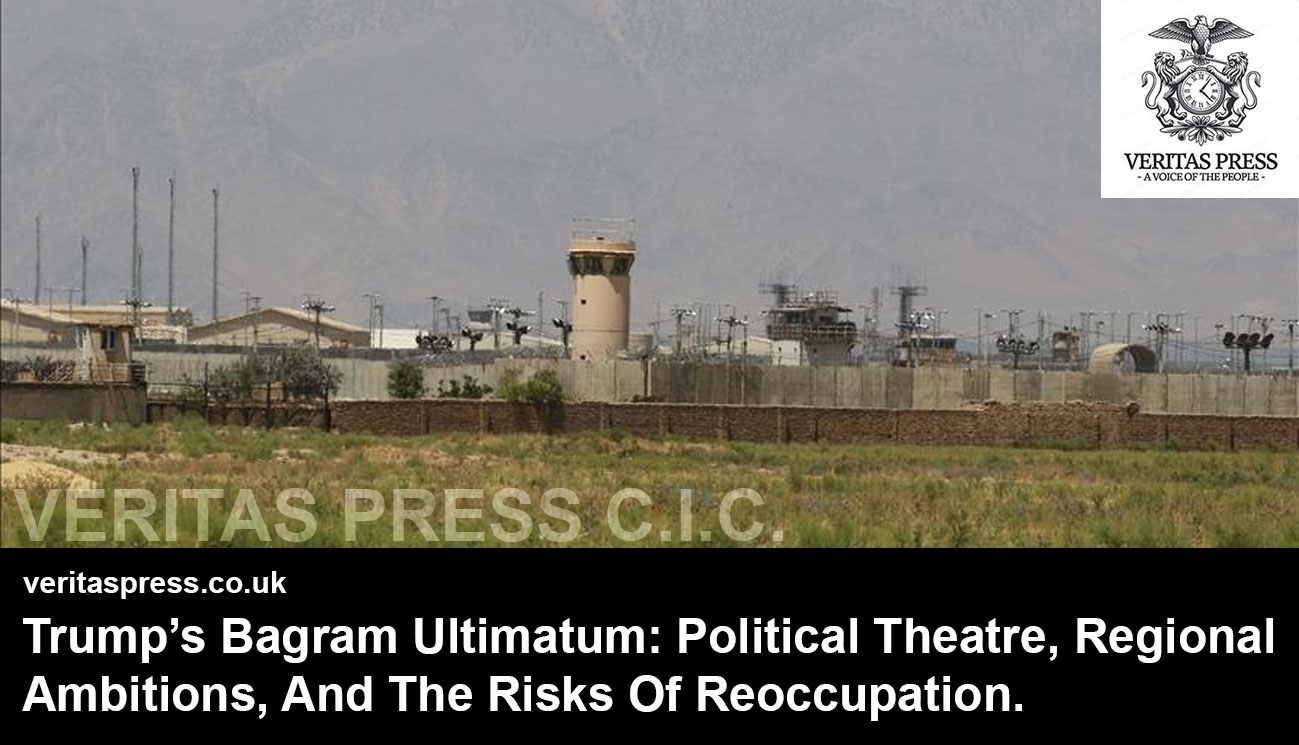








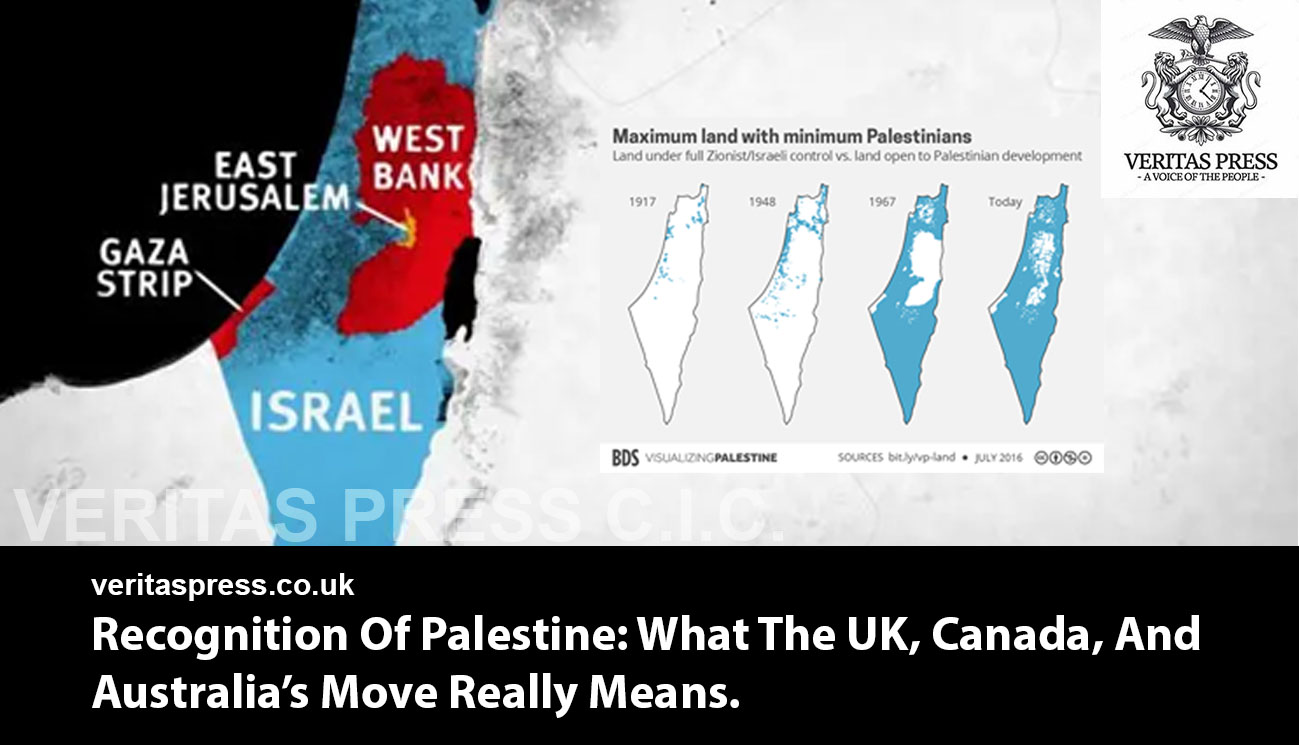
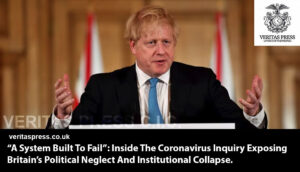
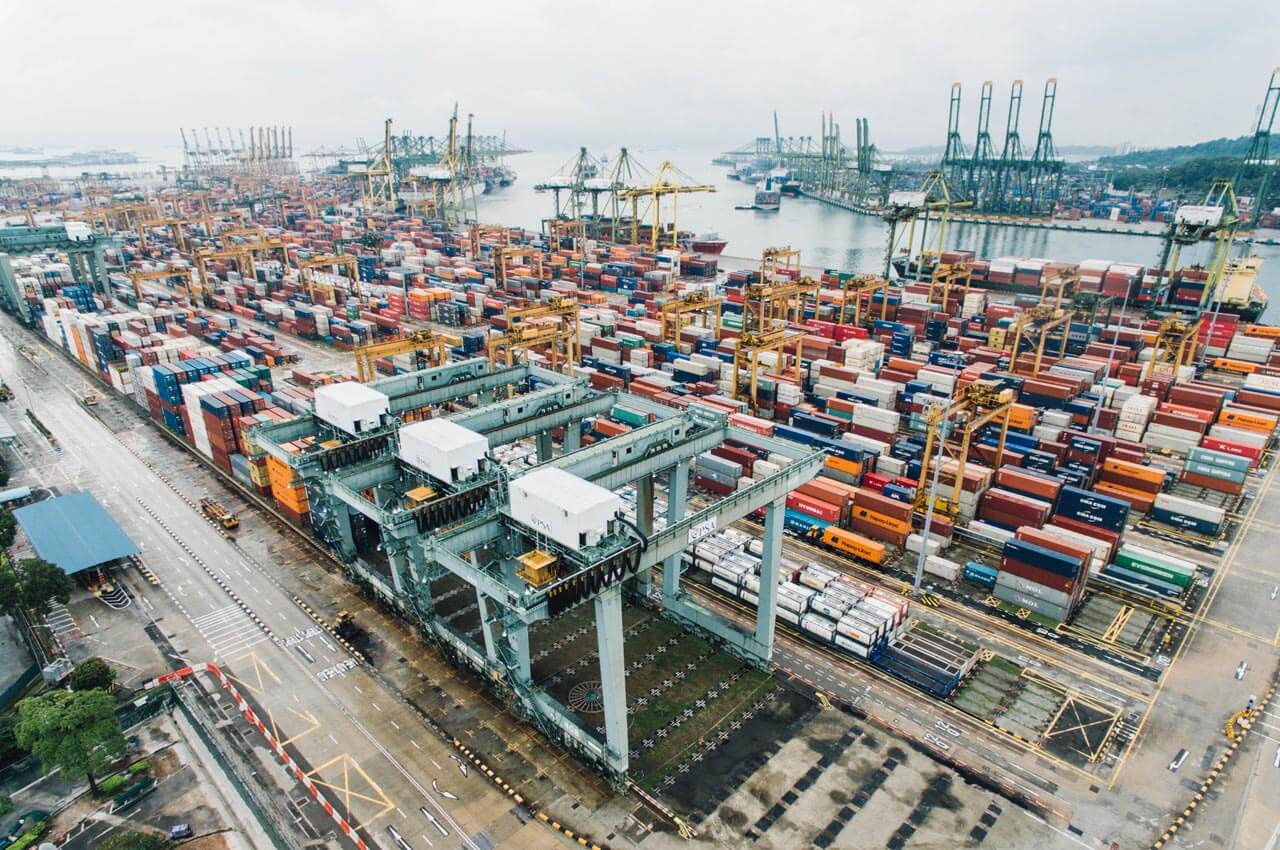








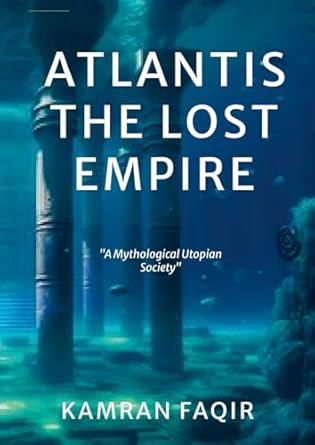
Leave a Reply